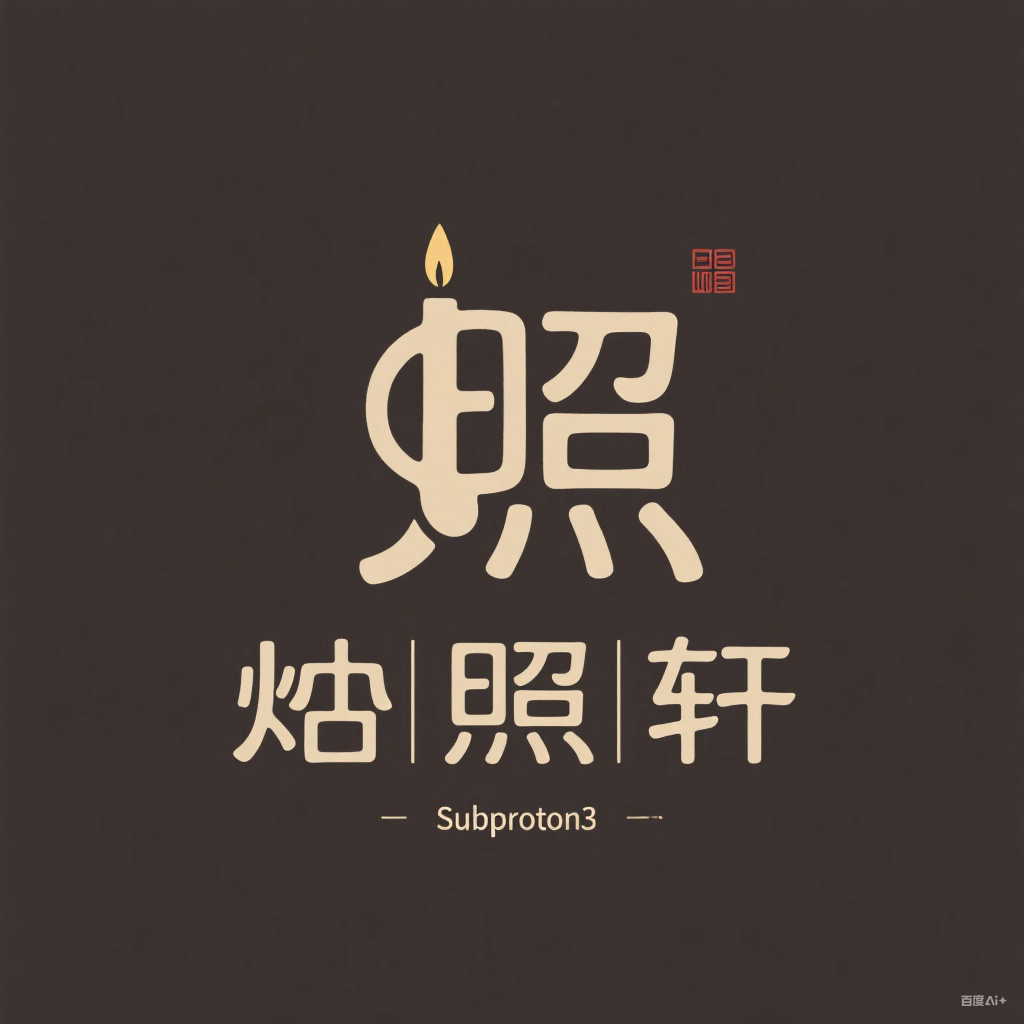When one idea is expressed, closely related ideas are simultaneously conveyed, logically and inescapably. In logic, this kinship is expressed by the term sequitur, Latin for “it follows.” (The converse is non sequitur, “it does not follow.”)
在本小结一开始,作者提出了一个定理:当表达一个观点时,跟他密切相关的其他观点(在逻辑上)也不可避免的会一起表达出来。并且,作者使用了一个逻辑学上的词(推导出,it follows)来表示观点之间的关系。比如在表达A观点时,会一起表达出来观点B和C,我们可以这样形容这种关系:观点A推导出来了观点B和C。
为了进一步理解上述定理,作者举了个例子:
例子: Consider, for example, the idea that many teachers and parents express to young children as a way of encouraging them: “If you believe in yourself, you can succeed at anything.” From this it follows that nothing else but belief—neither talent nor hard work—is necessary for success. The reason the two ideas are equivalent is that their meanings are inseparably linked.
(观点A)只要相信自己,做任何事情都可以成功。这个观点可以推导出来:(观点B)如果想要成功,除了相信自己以外,什么都不需要。表达A的时候,跟他密切相关的B也会表达出来,或者是时推导出来。
作者又举例表明了一个定理:当表达一个观点时,会暗示出其他观念
例子: In addition to conveying ideas closely linked to it in meaning, an idea can imply other ideas. For example, the idea that there is no real difference between virtue and vice implies that people should not feel bound by common moral standards.
觉得美德和恶习没有任何区别的人会认为人们不应该被相同的道德标准所束缚。怎么理解这个定理呢?比如说,如果我们有共同的道德标准,我们就会都认为赌博是不好的,拾金不昧是好的。如果我们认为美德和恶习没什么区别,比如赌博可好可不好,拾金不昧可好可不好,那我们就没有共同的道德标准(不被共同的道德标准所束缚)。
作者举了一个例子:
Samuel Johnson had this implication in mind when he said: “But if he does really think that there is no distinction between virtue and vice, why, Sir, when he leaves our houses let us count our spoons.”
怎么理解这个例子呢?古代汤匙一般是银子做的,比较贵重。如果一个人认为美德和恶习没有区别,那他离开我们的房子的时候,我们会点查下我们汤匙的数量。(他认为美德和恶习没有区别,说明他没有起码的道德水准,也就是有可能会做恶,比如偷汤匙,所以他离开我们的房子时,由于我们对它不信任,所以会查下汤匙的数量。)
